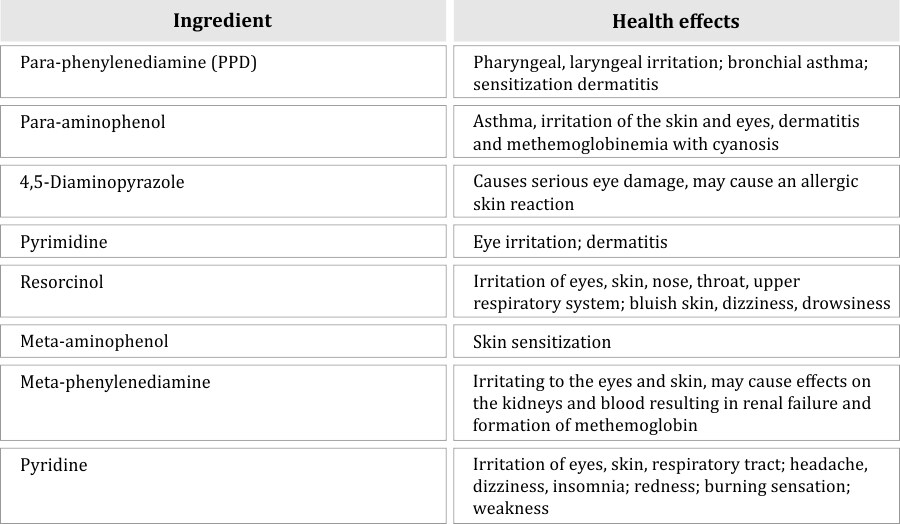
Hair Dye and It's Side Effects
Dr. Satyabrata Tripathy, MD(Dermatology, Venerology & Leprology), Senior Consultant - Dermatology, Cosmetic Dermatology, Sexually Transmitted Infections, Apollo Hospitals, Bhubaneswar, India
 Introduction
Introduction
Hair is an indicator of attractiveness, femininity, masculinity, health, and beauty. As society focuses more and more on youthfulness and beauty, hair dyeing has become popular among both men and women pursuing such value or fashion trends. Globally, hair colorants are a rapidly growing industry. Hair dyeing involves treatment of the hair with various natural and/or artificial chemical compounds mainly for cosmetic purposes (e.g., to cover gray hair, to change to a color regarded as more fashionable or desirable at a given time, etc.). The association between hair dye application and the development of cancer has been a topic of debate over the past several decades.
Types
Hair dyes come in two forms: (i) oxidative (permanent) and (ii) nonoxidative (semi-permanent and temporary) (USFDA, 2014). Permanent dyes consist of primary intermediates (e.g., p-phenylenediamines (PPDs) and p-aminophenols) and couplers (e.g., m-aminophenols and m-hydroxyphenols) in the presence of peroxide (USFDA, 2014). Nonoxidative hair dyes include colored compounds that stain hair directly. Some of the chemicals used in hair dye products are reported to be carcinogenic in animals (Bolt and Golka, 2007). Likewise, the International Agency for Research on Cancer (IARC) reported that some of the chemicals in hair dye are probably carcinogenic to those who are exposed to them occupationally (e.g., hairdressers and barbers).





